detail profile roger blin

Roger Blin
Роже Блен
atau dikenal sebagai
Riwayat Hidup
Roger Blin (Neuilly-sur-Seine, France, 22 March 1907 – Évecquemont, France, 21 January 1984) was a French actor and director.
He staged world premieres of Samuel Beckett's Waiting for Godot in 1953 and Endgame in 1957.
Blin was the son of a doctor; however, despite his father's wishes, Blin forged a career in the theatre.
As a teenager he was 'fascinated' by the Surrealists and their conception of revolutionary art.
He was initially part of the left-wing theatre collectives The Company of Five and The October Group.
In 1935 Blin served as Antonin Artaud's assistant director for his production of Les Cenci [The Cenci] at the Folies-Wagrams theatre in 1935.
Following his work with Artaud, Blin focused on 'political street-theatre.
'
During the war, Blin was a liaison between the Resistance and the French Army.
His extensive career as both director and actor in both film and theatre has been largely defined by his work and relationship with Artaud, Samuel Beckett and Jean Genet.
In addition to being a close friend and confidant of Artaud during the latter's nine years of internment, he directed the first performances of Beckett's Waiting For Godot, Happy Days and Endgame as well as directing the initial performance of Genet's The Blacks and the controversial The Screens.
Genet's key correspondences to Blin have been published by Editions Gallimard.
The 1986 Faber and Faber publication, "Samuel Beckett: The Complete Dramatic Works" carries only three dedications from Beckett: "Endgame" is dedicated to Blin, while "Come and Go" is for John Calder, and "Catastrophe" is for Václav Havel.
Source: Article "Roger Blin" from Wikipedia in English, licensed under CC-BY-SA 3.
0.
Info Pribadi
Peran Yang Di Mainkan Roger Blin
 Servais Mont a freelance photographer who...
Servais Mont a freelance photographer who...That Most Important Thing: Love 1975
Servais Mont, a freelance photographer who works taking compromising photos, gets fascinated by Nadine Chevalier, a tormented low-budget movie actress married to an eccentric film photo collector.
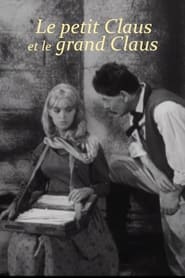 Once upon a time there lived...
Once upon a time there lived...Little Claus and Big Claus 1964
Once upon a time there lived in the same village two men bearing the very same name. One of them chanced to possess four horses, the other had only one horse, so, by way of distinguishing them from each other, the proprietor of four horses was called "Great Claus," and he who owned but one horse was known as "Little Claus"...
 During the 1960s two American jazz...
During the 1960s two American jazz...Paris Blues 1961
During the 1960s, two American jazz musicians living in Paris meet and fall in love with two American tourist girls and must decide between music and love.
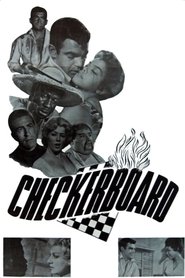 In a small Gallic village tourists...
In a small Gallic village tourists...Checkerboard 1959
In a small Gallic village, tourists are regaled by street entertainers and brash prostitutes. One of the tourists, a black girl named Bessie, falls in love with local villager Bob, and he with her. Soon racial tensions erupt volcanically among tourists and townsfolk alike. All is forgiven when the respective parents of the hero and heroine save the village's water supply.
 Paris 1482 Today is the festival of...
Paris 1482 Today is the festival of...The Hunchback of Notre Dame 1956
Paris, 1482. Today is the festival of the fools, taking place like each year in the square outside Cathedral Notre Dame. Among jugglers and other entertainers, Esmeralda, a sensuous gypsy, performs a bewitching dance in front of delighted spectators. From up in a tower of the cathedral, Frollo, an alchemist, gazes at her lustfully. Later in the night, Frollo orders Quasimodo, the deformed bell ringer and his faithful servant, to kidnap Esmeralda. But when the ugly freak comes close to her is touched by the young woman's beauty...
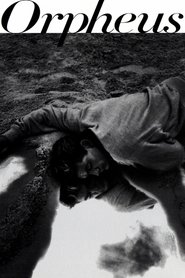 A famous poet in postwar Paris...
A famous poet in postwar Paris...Orpheus 1950
A famous poet in postwar Paris, scorned by the Left Bank youth, is in love with both his wife Eurydice and a mysterious princess. Seeking inspiration, the poet becomes obsessed and follows the princess from the world of the living to the land of the dead.
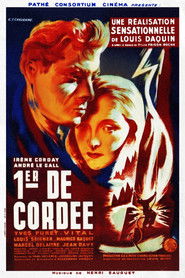 A screen adaptation of the wellknown...
A screen adaptation of the wellknown...First in Line 1944
A screen adaptation of the well-known novel by Roger Frison-Roche about the harsh lives of mountain guides and their families in the French Alps, near Chamonix and the French/Swiss/Italian borders... Like his father, Zian Servettaz is a dedicated mountain man. His Italian-born wife Bianca does not adjust well to his mountain village in France, and to the ever life-threatening dangers presented by his mountain guiding and climbing. She briefly returns to Italy and to her family. However, after Zian's insistence and trip to Italy, she returns to mountain life in the French Alps. Once back there, events will unfold, changing their lives as well as those of other mountain people forever.
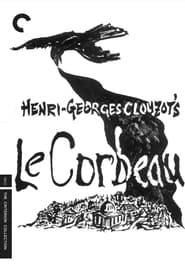 Remy Germain is a doctor in...
Remy Germain is a doctor in...Le Corbeau 1943
Remy Germain is a doctor in a French town who becomes the focus of a vicious smear campaign, as letters accusing him of having an affair and performing unlawful abortions are mailed to village leaders. The mysterious writer, who signs each letter as "Le Corbeau" (The Raven) soon targets the whole town, exposing everyone's dark secrets.
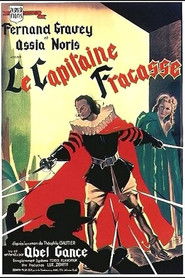 Out of love for an actress...
Out of love for an actress...Captain Fracasse 1943
Out of love for an actress, Isabelle, the Baron de Sigognac joins a traveling troop en route to Paris. When an actor dies, he takes over his role: that of Captain Fracasse.
 At the end of the 15th...
At the end of the 15th...The Devil's Envoys 1942
At the end of the 15th century, a man and a woman, posing as traveling minstrels, are sent by the Devil to a castle to seduce its inhabitants.
 Adrienne Lecouvreur is an acclaimed actress...
Adrienne Lecouvreur is an acclaimed actress...Adrienne Lecouvreur 1938
Adrienne Lecouvreur is an acclaimed actress who falls in love with Polish prince Maurice de Saxe, only to be poisoned by a jealous rival while Maurice is away at war. The film was a co-production between the two countries, and was made at UFA's Berlin Studios. It was based on the 1849 play Adrienne Lecouvreur by Eugène Scribe and Ernest Legouvé about the life of the eighteenth century actress Adrienne Lecouvreur.
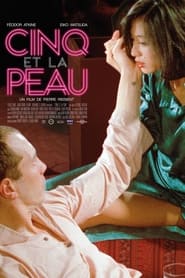 Ivan a writer living in Manila...
Ivan a writer living in Manila...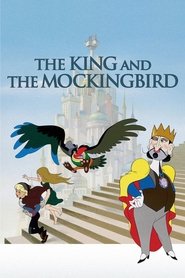 A young shepherdess and a chimneysweep...
A young shepherdess and a chimneysweep... In the summer of 1939 13yearold Marie...
In the summer of 1939 13yearold Marie...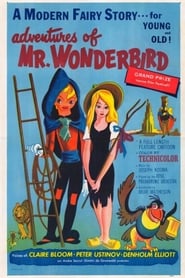 A chimney sweep and his beloved...
A chimney sweep and his beloved...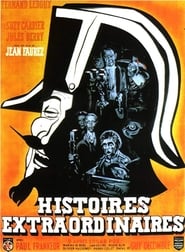 A group of policemen look over...
A group of policemen look over...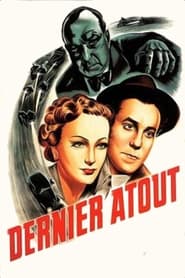 A man is shot In the...
A man is shot In the...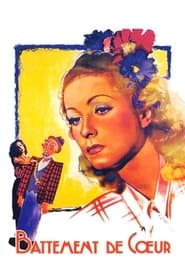 Tells the story of a young...
Tells the story of a young...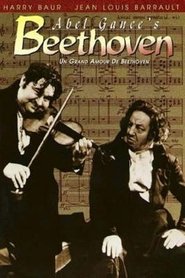 Lyrical biography of the classical composer...
Lyrical biography of the classical composer...